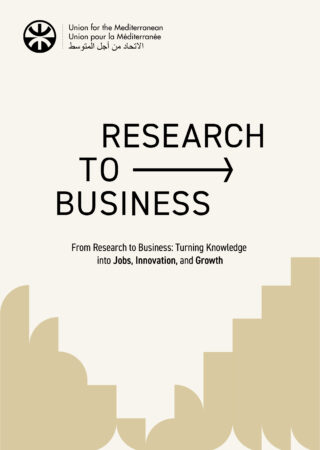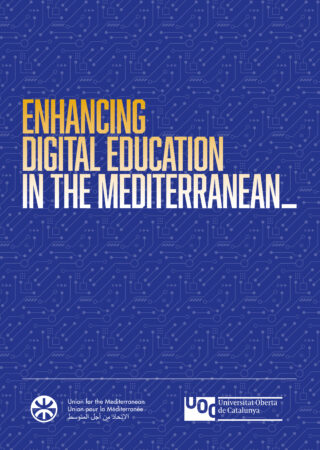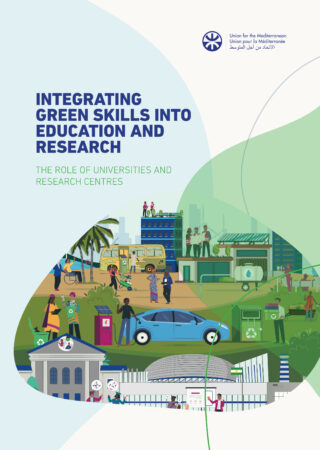
Reinforcing the Innovation-Employability Nexus in the Mediterranean – A Handbook for Academia, Industry and Policymakers
Even though there are substantial differences in political, social, and economic conditions across the Mediterranean region, it is safe to say that with 25% youth unemployment, the un- and underemployment of university graduates in the Mediterranean region has been a major challenge. In the Southern and Eastern Mediterranean, where 40% of the population is under the age of 25, youth unemployment has been among the highest in the world for more than two decades. One reason for this is the skills mismatch, according to 32% of enterprises. And, unlike in other regions, unemployment is highest amongst those with tertiary education (as opposed to those without) reaching an average of 30% across the region. Moreover, there is a strong gender dimension. While young women have made remarkable progress in educational attainment, their respective unemployment rates are almost double those of young men.
The publication focuses on a total of eleven themes ranging from Skills (Chapter 3), Teaching & Learning (Chapter 4), Collaborative Doctorates (Chapter 5), International Mobility (Chapter 6) and Internships (Chapter 7) to Career Services (Chapter 8), Knowledge Exchange (Chapter 9), Partnerships for Innovation (Chapter 10) and Digital Innovation (Chapter 11) to Capacity Development inside Higher Education Institutions (Chapter 12) and Equity, Diversity & Inclusion (Chapter 13).
The publication is supported by the Deutsche Gesellschaft für Internationale Zusammenarbeit (GIZ).
Project coordination at UfM Secretariat: Giuseppe Provenzano
Authors: Dr. Nina Volles, Carol Switzer
December 2020




